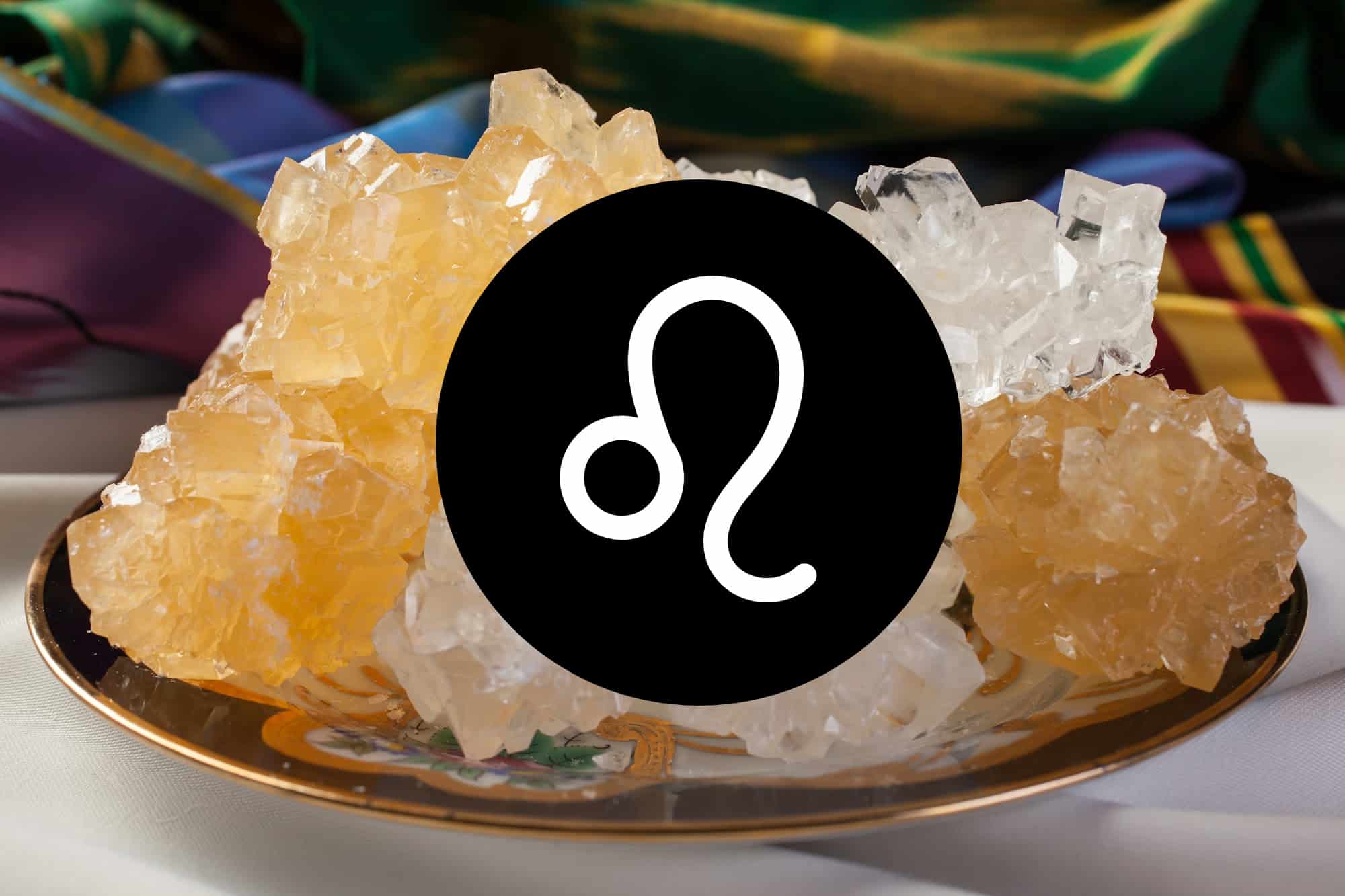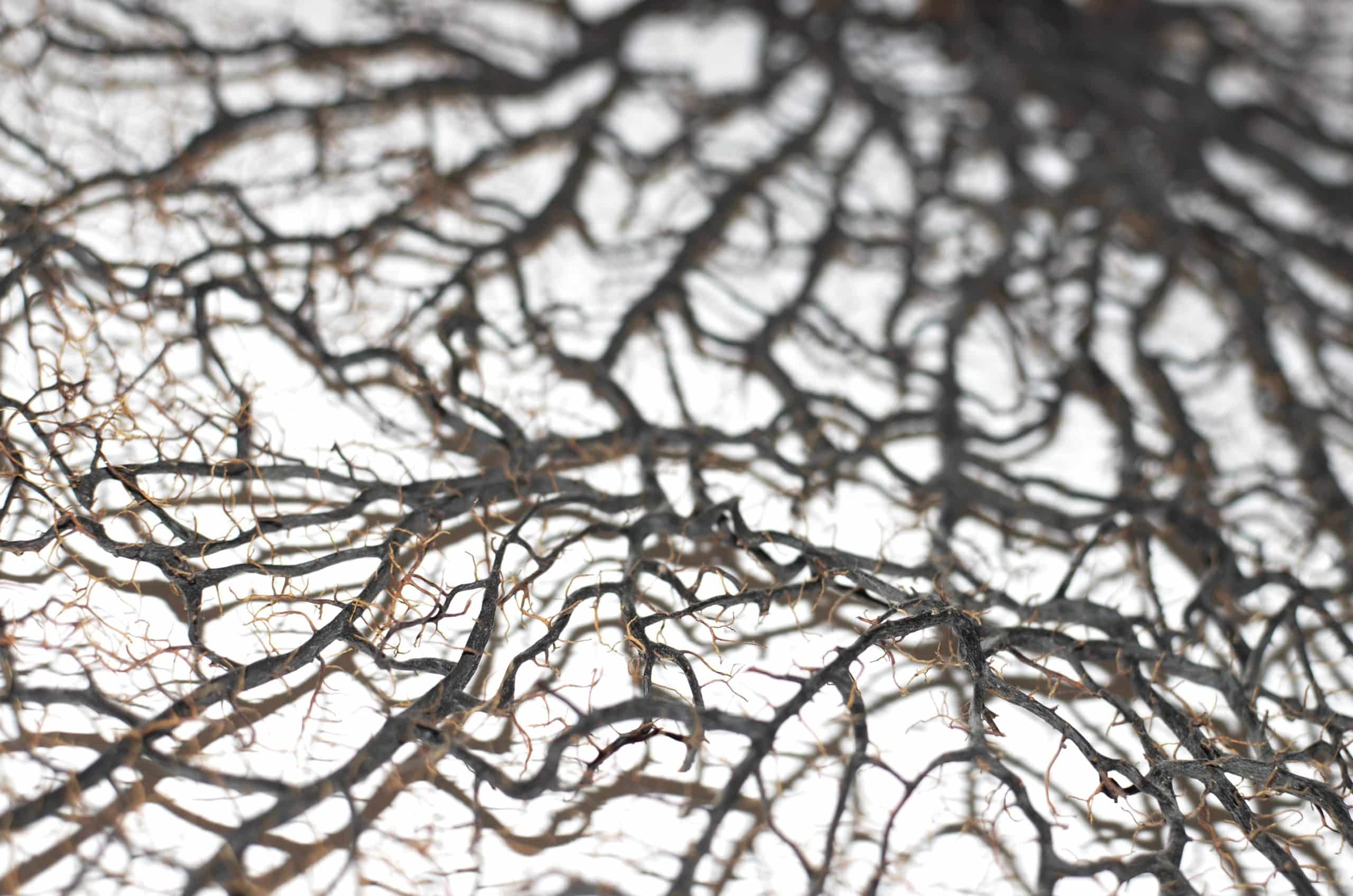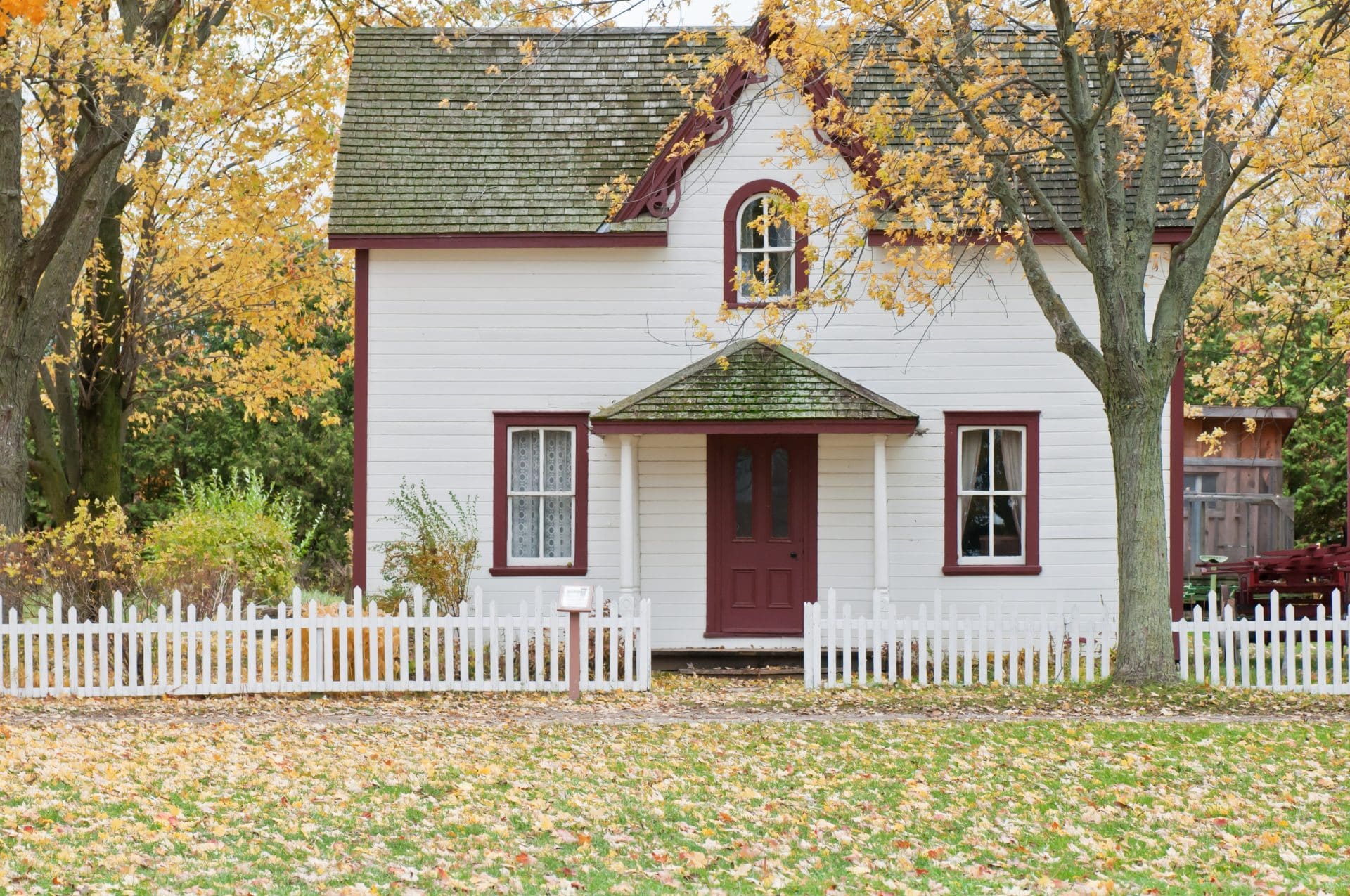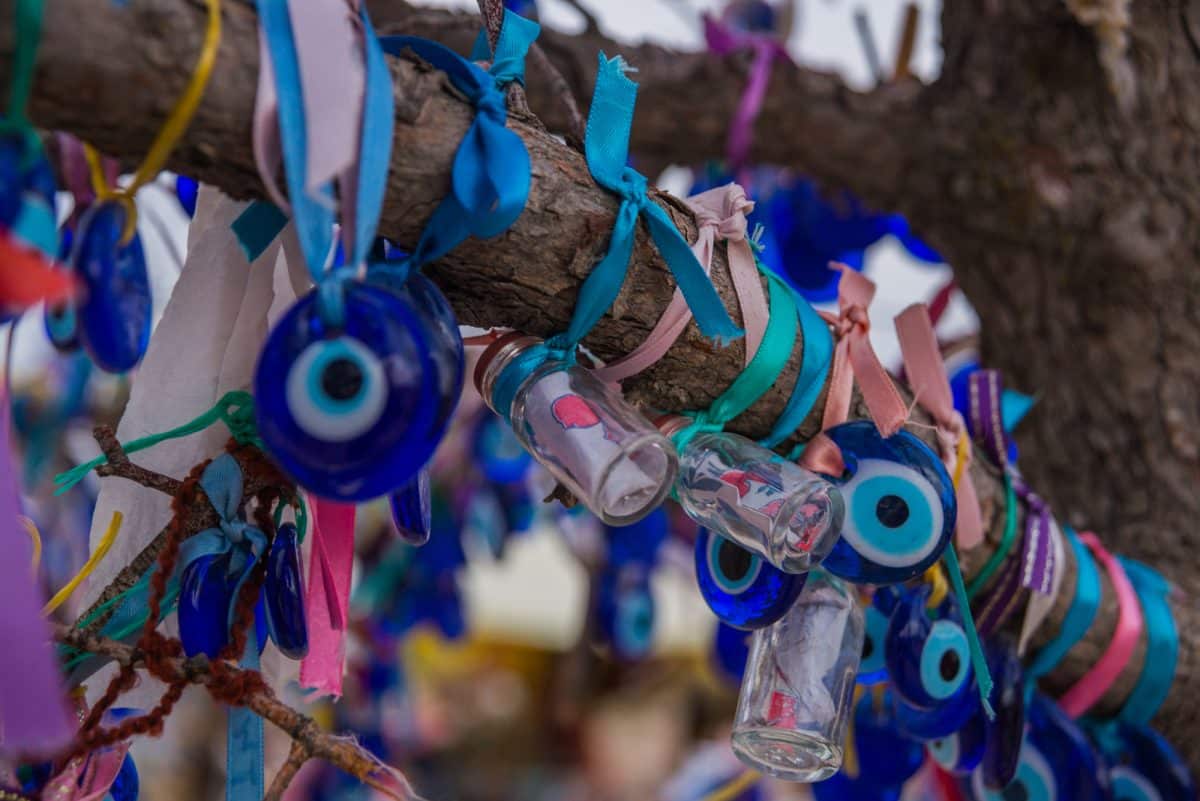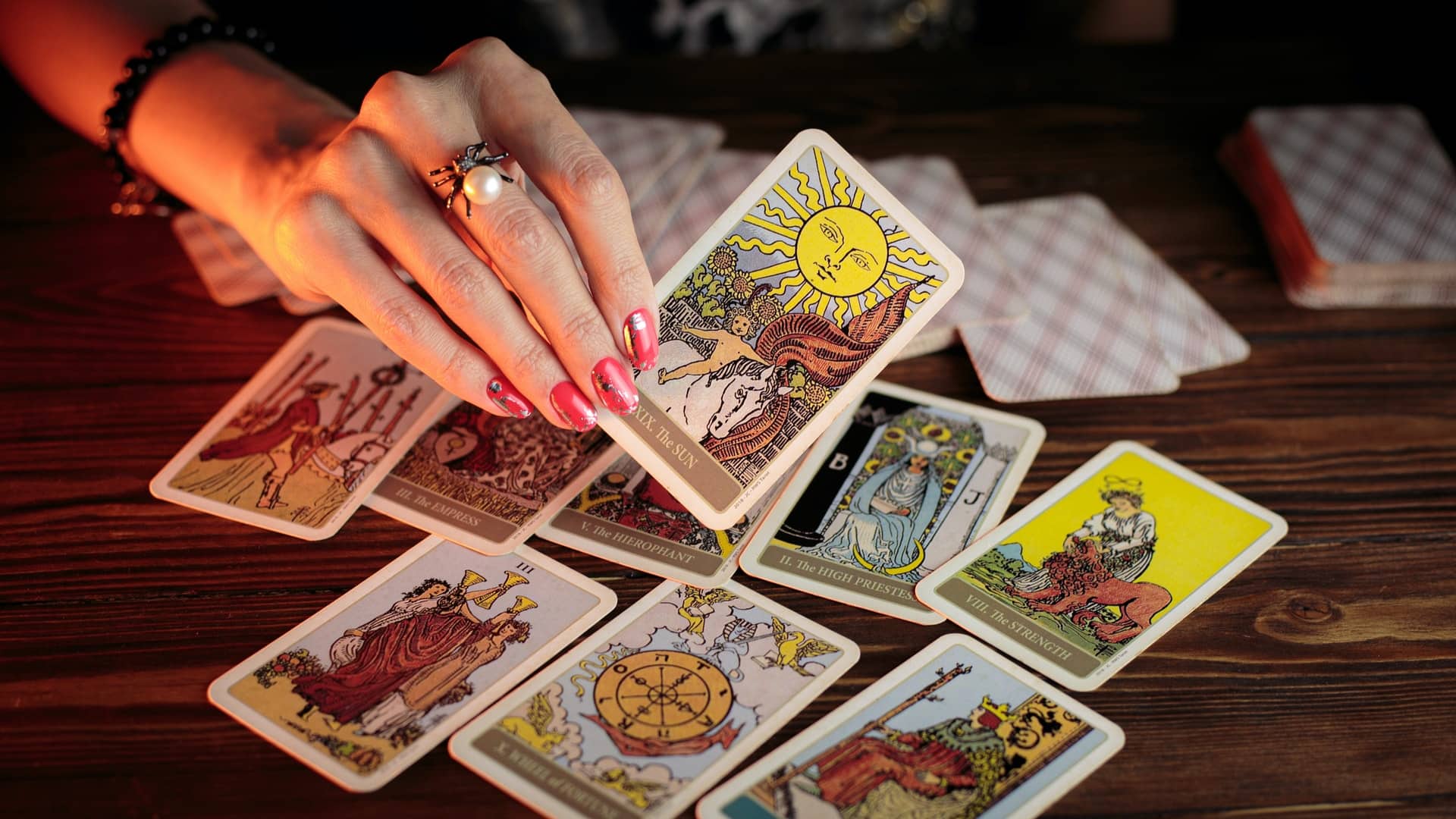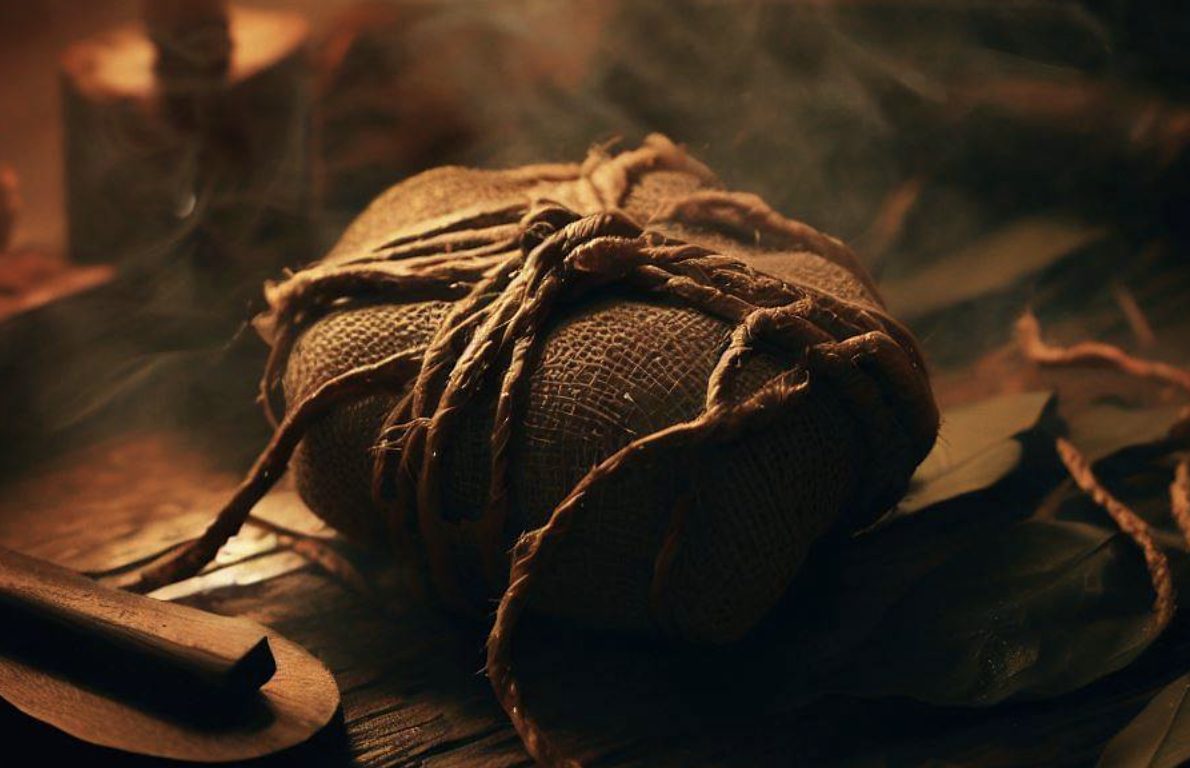The Enchanting History of Wishing Wells: Secrets Unveiled
Have you ever experienced the captivating aura of a wishing well, that irresistible sense of mystery promising to fulfill your deepest desires? For centuries, wishing wells have captured the hearts and imaginations of people from all walks of life.
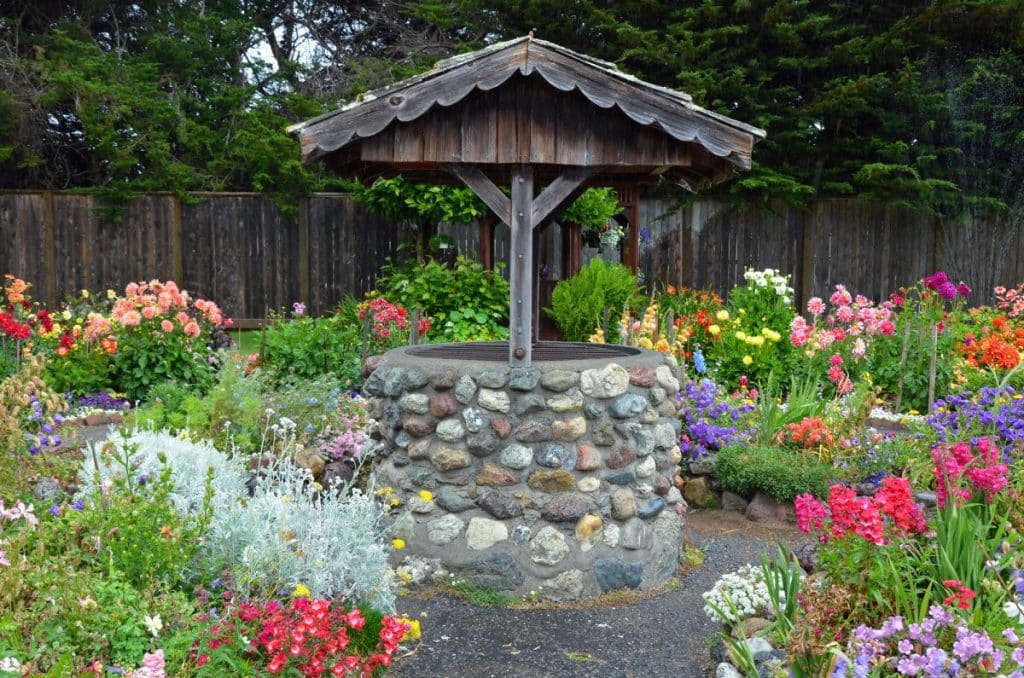
Their fascinating history is steeped in secrets, legends, and spiritual beliefs that continue to enchant us.
Table of Contents
Wishing Well Traditions: A Universal Phenomenon
Although wishing wells are often associated with European folklore, the mystique surrounding these magical structures extends far beyond a single region.
From Japan’s Shinto shrines to China’s dragon wells and Africa’s water spirits, the traditions linked to wishing wells are as diverse as they are fascinating.
Japan: Shinto Shrines and Good Fortune
In Japan, it is customary to throw coins into the wells located at the entrance of Shinto shrines, with the belief that doing so brings good luck.
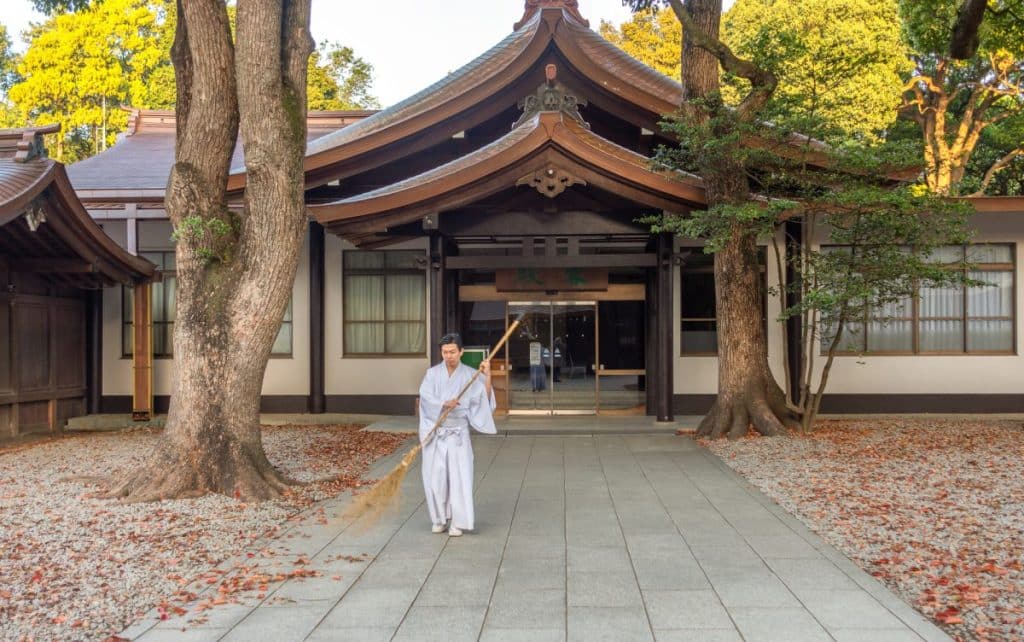
This practice is deeply rooted in Japanese culture and showcases the universal appeal of wishing wells as symbols of hope and possibility.
China: Dragon Wells and Making Wishes Come True
Similarly, in China, people toss coins into dragon wells to attract good fortune and make their wishes come true.
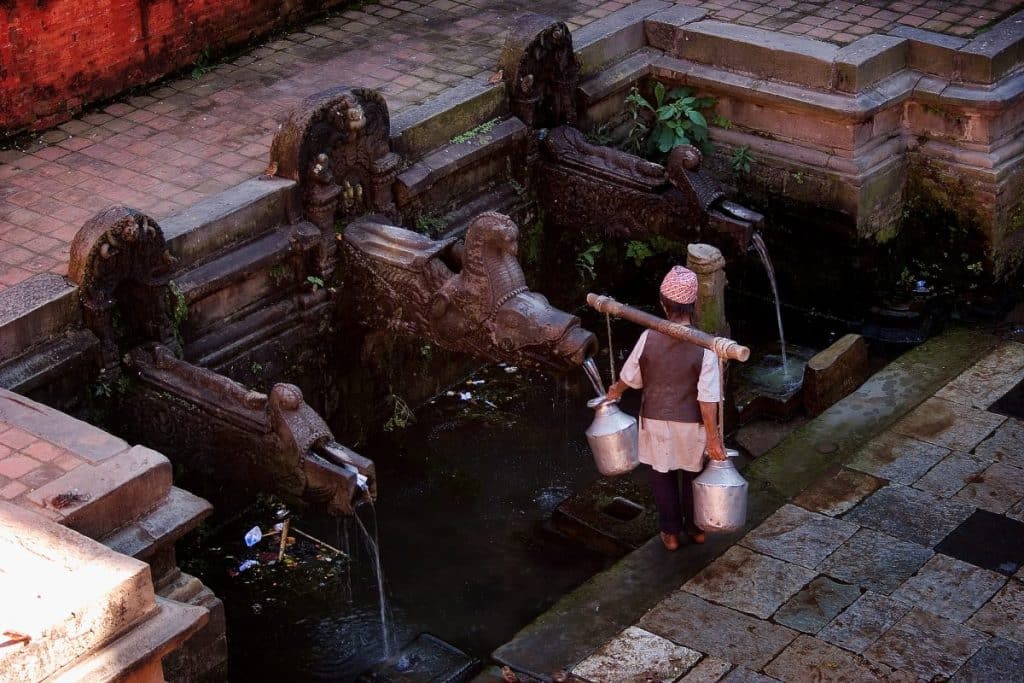
This practice reflects the cultural significance of dragons as symbols of power, strength, and good luck in Chinese mythology.
Africa: Offerings to Water Spirits
In Africa, several countries, including Ghana and Nigeria, follow the tradition of making offerings to water spirits. In Ghana, individuals make a wish and throw a small amount of money into the well, while in Nigeria, offerings are made to the river goddess in a gesture of respect and gratitude.
Turkey: Wish Trees and Holy Tombs
In Turkey, the tradition of wishing on a coin and throwing it into a well has evolved into the practice of tying a piece of cloth to a tree near the tomb of a holy person. This is known as a ‘wish tree’ and is believed to bring good luck and grant wishes.
The universality of the wishing well tradition serves as a testament to the power of human hopes and desires. Regardless of whether we throw a coin into a well, tie a cloth to a tree, or make an offering to a water spirit, we all share the same longing for something greater than ourselves.
The practice of wishing might differ across cultures, but it is a reminder that we are all united in our yearning for something beyond our reach.
Delving Deeper into Wishing Well History and Legends
Throughout history, wishing wells have been linked to various legends and beliefs. The significance of these enchanting structures in different cultures showcases their ability to captivate the human imagination.
Roman Culture: Sacred Wells and Water Goddesses
In Roman culture, wells were considered sacred places inhabited by water goddesses who could grant wishes. Offerings were made to these goddesses in the hope of winning their favor and receiving blessings in return.
Celtic Beliefs: Wells as Portals to the Otherworld
The Celts believed that wells were portals to the Otherworld, a realm inhabited by spirits and supernatural beings. Offerings were made to these spirits in an attempt to appease them and gain their protection or assistance.
Nordic Mythology: Wells and the Goddesses of Fate
In Nordic mythology, wells were believed to be the dwelling place of the goddesses of fate, known as the Norns. These goddesses were said to control the destinies of humans, and making offerings at their wells was a way to seek their guidance or intervention.
The Trevi Fountain:
A Legendary Roman Attraction
One of the most famous legends surrounding wishing wells is the story of the Trevi Fountain in Rome. According to the legend, if you throw a coin into the fountain with your right hand over your left shoulder, you are guaranteed to return to Rome. Two coins will secure a new romance, and three coins will lead to marriage. The fountain collects over €1 million in coins each year, which is donated to charity.
Irish Traditions: Beauty and Wishing Wells
In Ireland, there is a belief that if a woman washes her face in a wishing well on May Day, she will be blessed with beauty for the rest of the year. This tradition showcases the power of wishing wells to transform lives and make dreams come true.
Scottish Lore: Eternal Youth and Wishing Wells
In Scotland, it is said that if you drink from a wishing well, you will be granted eternal youth. This legend reflects the timeless appeal of wishing wells as symbols of hope, renewal, and the possibility of achieving the impossible.
These legends and beliefs demonstrate the power that wishing wells hold in the human imagination. With each wish, we tap into something greater than ourselves, whether it be a goddess, a spirit, or simply the hope that our desires will be fulfilled.
The Spirituality of Wishing Wells
The deep-rooted spirituality of wishing wells is an essential aspect of their enduring appeal. For centuries, people have believed that tossing a coin or making a wish at a wishing well can result in a fulfilled desire. The spiritual connection associated with wishing wells is deeply ingrained in many cultures, and they continue to enchant us to this day.
Some believe that the well itself is imbued with magical properties that can grant wishes. Others believe that the wishes made at these places have a direct line to the heavens, as if the well serves as a conduit between the earthly realm and the divine. But whether you believe in the supernatural power of wishing wells or not, there is no denying that they have become an enduring symbol of hope and possibility.
From the humble backyard wishing well to the grandest fountain, these magical structures continue to captivate us and inspire us to dream big. And with the rise of DIY culture and crafting, it’s easier than ever to bring a bit of that enchantment into our own homes.
Crafting Magic: Wishing Well Crafts and DIY Ideas
From creating a miniature wishing well for your garden to designing a decorative tabletop version, there are endless crafting and DIY possibilities to bring a touch of enchantment into your life. Crafting a wishing well can teach you valuable woodworking skills, and the end result will be a unique decoration for your home or garden that captures the essence of the mystical structure.
You can also repurpose old buckets or pots into a makeshift wishing well with a bit of paint and creativity. Regardless of the specific approach you choose, the act of creating a wishing well with your own hands can foster a sense of connection with the magic and possibility that these structures represent.
Engaging in Wishing Well Games and Activities
In addition to crafting, there are many simple wishing well games and activities that can be played with family and friends. For example, you can create a game where each person tosses a coin into a well and makes a wish. The person whose coin is closest to the well’s center will have their wish granted.
Another idea is to write wishes on small slips of paper and place them in a decorative box or jar, which can be periodically opened to read and celebrate the fulfilled wishes.
These games and activities can be adapted to suit any age group or occasion. They provide a fun and lighthearted way to tap into the profound hope and spiritual connection that wishing wells inspire.
Discovering Wishing Well Travel Destinations
Wishing wells can also be found in some of the most enchanting travel destinations around the world. Whether you’re a history buff, a cultural explorer, or simply a dreamer, visiting these magical places can be a transformative experience.
Some popular wishing well destinations include:
- The Trevi Fountain in Rome, Italy: As mentioned earlier, the Trevi Fountain is one of the most famous wishing wells in the world, attracting millions of visitors each year.
- The Chalice Well in Glastonbury, England: This ancient well is believed to have healing properties and is steeped in legends related to King Arthur and the Holy Grail.
- St. Brigid’s Well in Kildare, Ireland: This well is dedicated to St. Brigid, one of Ireland’s patron saints, and is believed to possess healing powers.
- The Wishing Well of Carlingford, Ireland: Located in the picturesque village of Carlingford, this wishing well is said to grant the wishes of those who toss a coin and make a wish.
- Fons des Lléo in Ibiza, Spain: This well, known as the “Fountain of the Lions,” is believed to have magical properties that bring happiness and good fortune to those who visit it.
Traveling to these enchanting destinations allows you to immerse yourself in the history and culture of each location while also engaging with the magical power of wishing wells. These experiences can be profoundly inspiring and remind us of the universal appeal of wishing wells as symbols of hope and possibility.
In conclusion, the world of wishing wells is far more comprehensive than one might initially imagine. These magical structures have a rich history and cultural significance, with their roots in ancient legends, spiritual beliefs, and timeless human desires.
Today, wishing wells continue to captivate our imaginations through crafts, games, and breathtaking travel destinations. They serve as a powerful reminder that, regardless of our cultural background or geographical location, we all share a common hope for a better, more fulfilling life.
And with each coin tossed into a well, we allow ourselves to dream, to hope, and to believe in the possibility of something greater than ourselves.

